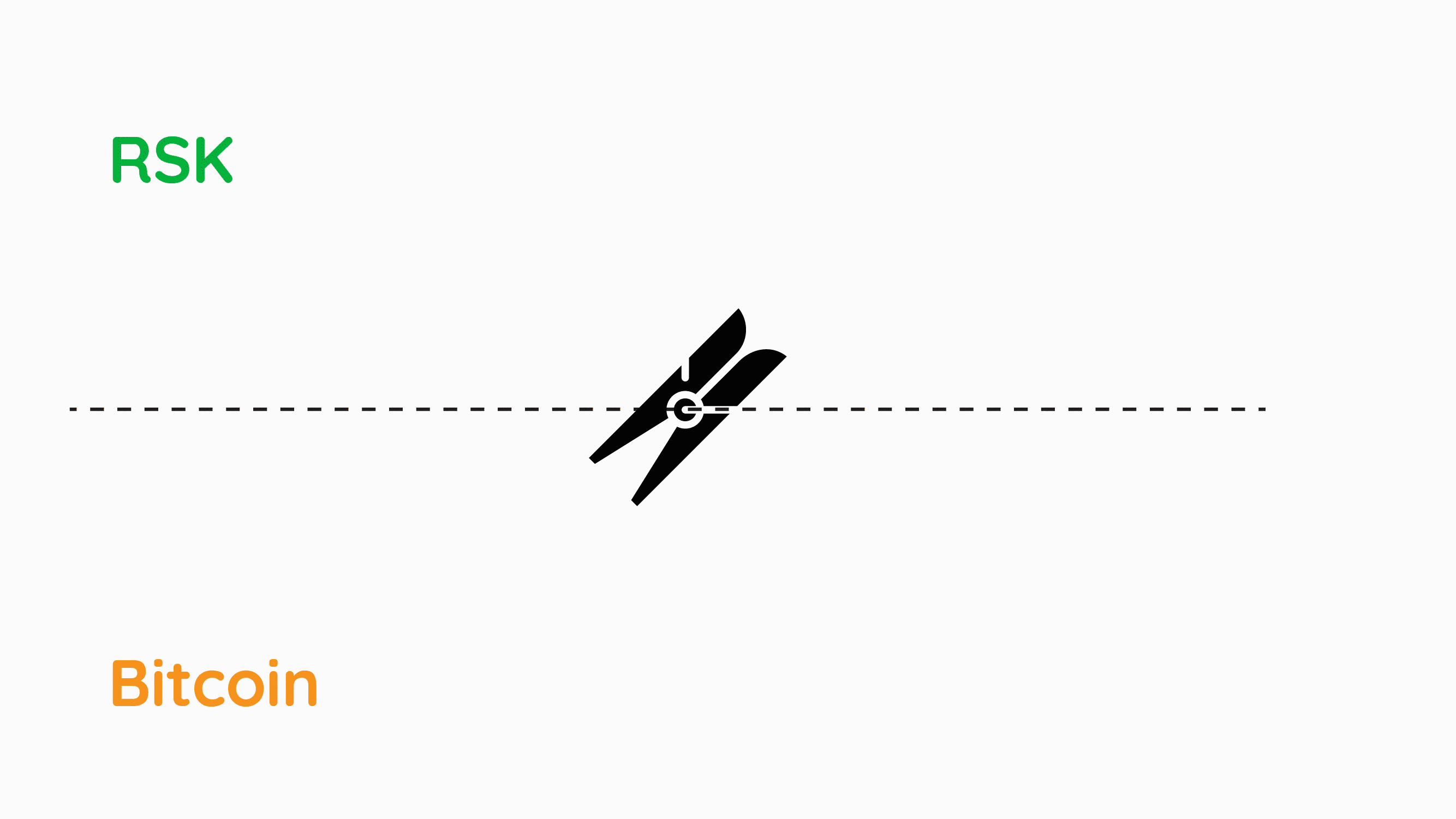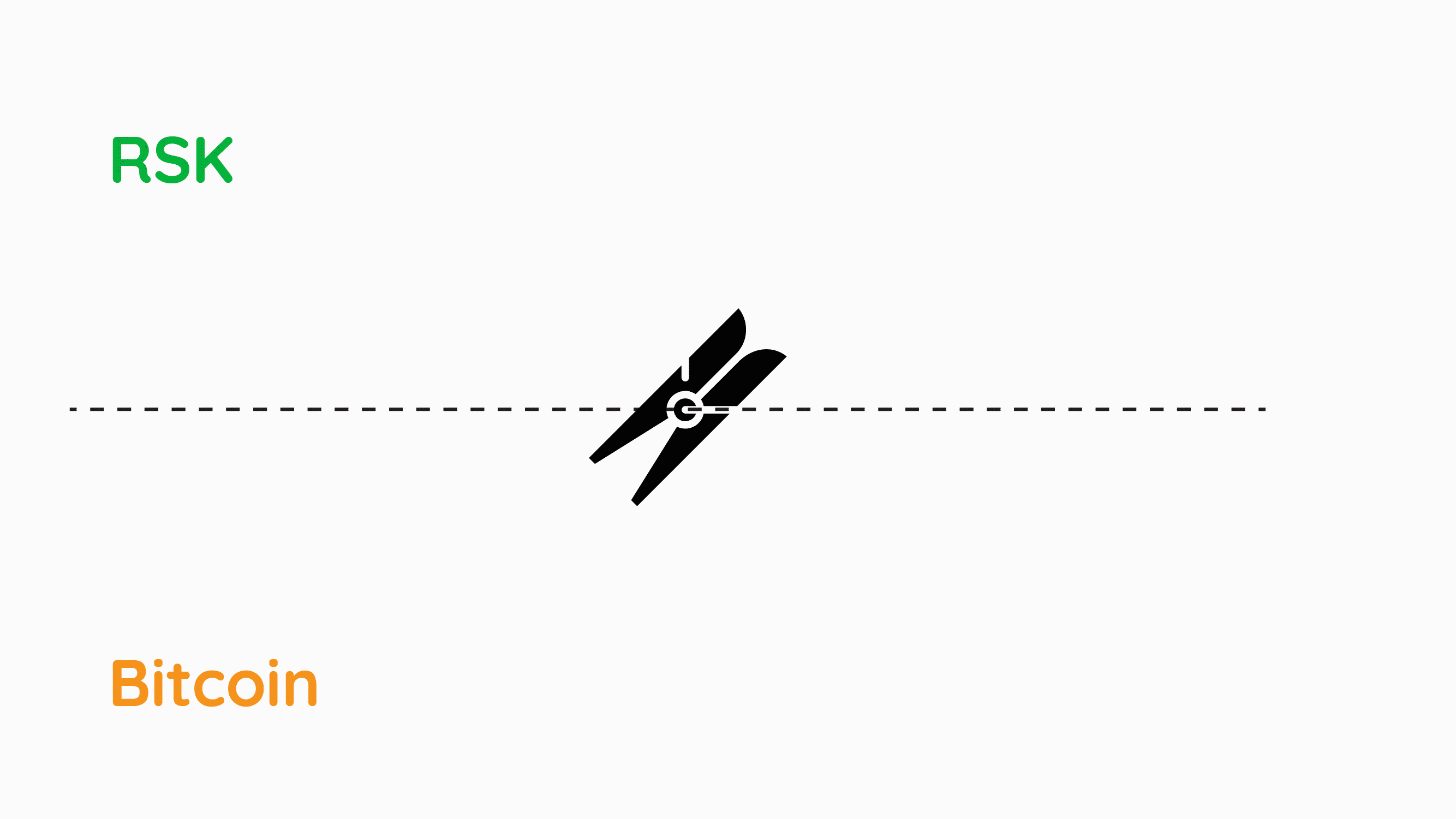How to get RBTC using RSK’s built in PowPeg

If you want to get RBTC, there are a number of different ways to do it, ranging from exchanges, decentralised exchanges, and even peer-to-peer swaps - These are generally easier to use.
The RSK blockchain protocol itself supports a method built into its blockchain protocol that allows for two-way swaps between BTC and RBTC: The RSK PowPeg. This is generally more difficult to use, and is intended for those with a more technical background.
Even if you intend to use those other services to obtain RBTC, it is still important to know about the PowPeg, as these other services ultimately rely on the PowPeg themselves.
What the RSK PowPeg does
A two-way peg (2WP) protocol is a protocol that allows transfers of a cryptocurrency from a main blockchain to a secondary blockchain and vice versa. It requires low third party trust.
In the case of RSK, the main blockchain is Bitcoin, and the secondary blockchain is RSK. Every RBTC (or fraction of RBTC) unlocked in the RSK platform requires BTC to be locked on the Bitcoin blockchain. This mechanism ensures there is a one-to-one relationship between BTC and RBTC (1 BTC = 1 RBTC), which is guaranteed by the RSK protocol.
When a user wants to swap between BTC and RBTC, they need to send the cryptocurrency to the address specified by the PowPeg, triggering a peg-in or a peg-out, which we will describe in more detail below.
How the RSK PowPeg works
There are some restrictions and validations done when a peg-in or peg-out transaction is made, such as:
- minimum values accepted,
- supported BTC address formats to do a peg-in,
- maximum amount of Bitcoins that can be locked in the PowPeg concurrently
Users cannot choose what address they will receive their assets on, instead the receiving address is determined using the public key of the sender, so that both accounts are controlled by the same private key.
Note that in the upcoming RSK release (IRIS-3.0), this is partially changing. The PowPeg will allow the user to specify the receiving address for peg-ins (BTC → RBTC).
The process of peg-ins and peg-outs are done completely using Bitcoin wallet software and RSK wallet software. The onus to perform the necessary checks and validations for compliance with the rules of the PowPeg lies on the user, as there is no application or tool to perform this.
Warning: The user needs to be aware of this lack of “guard rails”, and accept the risk that transactions may be rejected or transferred amounts may be burnt (permanently lost), if they perform errors during the process. Hence, we encourage only users with technical expertise to perform peg-ins and peg-outs on their own.
Pros:
- Non custodial, users don’t give any third party custody of the transferred funds.
- No peg in fees (except for the fees of the BTC transaction).
- Can process larger transactions amounts.
- No registration or KYC required.
Cons:
- High wait time.
- For security reasons, a significant number of transaction confirmations need to occur before funds are released.
- Minimum peg-in/ peg-out transaction values allowed are high
- Currently, amounts must exceed 0.005 BTC and 0.004 RBTC, respectively
- Hard to use for regular users without technical expertise.
- Bitcoin network fees for peg-outs can be high.
Receiving RBTC (peg-in)
Peg-in is the standard term for the process that transfers bitcoins from the Bitcoin network to the RSK network.
To perform a peg-in send the bitcoins (BTC) to the PowPeg address on the Bitcoin network, and subsequently inform the Bridge about this transaction. The Powpeg subsequently releases bitcoins (RBTC) on the RSK network.

To summarise, a peg-in:
- Converts BTC to RBTC
- Locks BTC on the Bitcoin network
- Releases RBTC on the RSK network
For a step-by step guide of the process, check out the
peg-in guide (BTC → RBTC)
Sending RBTC (peg-out)
Peg-out is the standard term for the process that transfers bitcoins from the RSK network to the Bitcoin network.
To perform peg-outs, send the bitcoins (RBTC) to the Bridge. Then wait for the required number of confirmation blocks, after which the Bridge builds the transaction to release bitcoins (BTC) on the Bitcoin network.

To summarise, a peg-out:
- Converts RBTC to BTC
- Locks RBTC on the RSK network
- Releases BTC on the Bitcoin network
For a step-by step guide of the process, check out the
peg-out guide (RBTC → BTC)
Get RBTC using PowPeg
Watch this demo video showing a conversion between BTC and RBTC using the PowPeg protocol.
Next
Be sure to check out our next article in this series, about how to get the RSK cryptocurrency, RBTC, by using wallets: How to get RBTC using Wallets